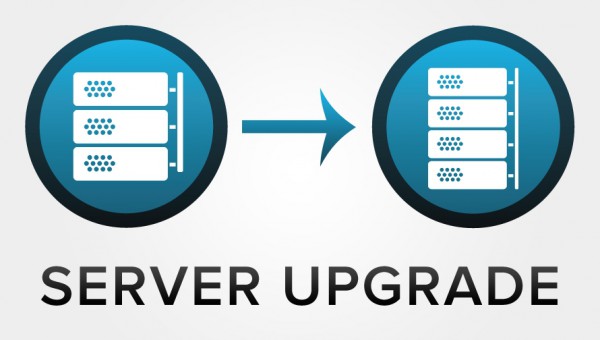Why are .RS domain protection levels important?
Protection levels are additional security in addition to access to the client panel and the registrant's secure server itself. They provide a high degree of security.
These security measures further protect your domain from any malicious data changes.
What levels of protection are there?
- Safe
- Secure Mode
- Client Side Lock
- Registry Lock
Safe level
The secure level of protection provides a sufficient level of protection for most domains. The protection is based on the protection of the authorized register itself. The domain itself is as secure as the protection provided by the authorized registry. The change made from the client panel is automatic.
Secure Mode
Secure mode protection provides greater new protection where every change to the domain (such as a nameserver change) must be confirmed by the registrant according to the instructions in the email sent by RNIDS. Until the registrant's request is made, the new change is suspended.
Client Side Lock
Client Side Lock is a very high level of protection that allows any change to be sent exclusively to the registry and for it to make that change. In this level of protection, we have not implemented any automatic changes, but for changes to the domain (whois change, nameserver change...) an email is sent and then the requested change is made based on that email.
The registrant sends a change request from his email:
- The name of the domain for which the change is being made
- What change does he want (nameserver change, hiding and setting whois protection, hiding this protection)
Activating this protection:
The registrant from the client panel in the options of the desired domain can choose this option, where upon application, an invoice for payment is immediately sent to him. After payment, they will receive a confirmation that the protection is included, and from that moment on, any future changes will have to follow the procedure explained earlier.
Registry Lock
This is the highest level of protection that RNIDS provides in its system. It refers to locking the domain with them.
Requests for service activation are submitted through the authorized registry and contain the following mandatory elements:
- Name of the domain for which the service is activated;
- The name or first and last name of the user (registrant) of the domain name;
- Data of three contact persons who are authorized to grant approval in case of submitting a request for temporary or permanent deactivation of the service. The data must include the person's first and last name, email address and phone number.
Deactivation of the service implies a manual check by RNIDS and is performed exclusively on the basis of a written request of the registrant of the domain name, which is submitted through the Authorized Registry and contains:
- Domain names for which it is necessary to deactivate the service;
- The type of deactivation requested (temporary or permanent);
- Name or first and last name and handwritten or electronic signature of the authorized person or registrant.
The deactivation procedure consists of two levels of request verification:
- After submitting a request to "unlock" a domain, messages with a request to confirm the request are sent to the e-mail addresses of the contacts specified when activating the service. It is necessary that at least two of the three delegated contacts agree to "unlock" the domain.
- RNIDS, after successfully obtaining consents from the previous phase, contacts the persons who gave consent by phone for additional confirmation. The service is deactivated only after receiving telephone confirmation from those contacts.


